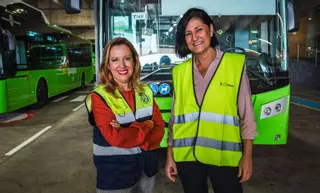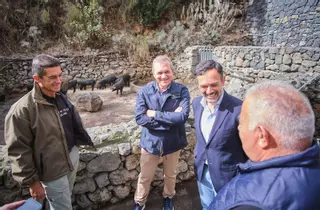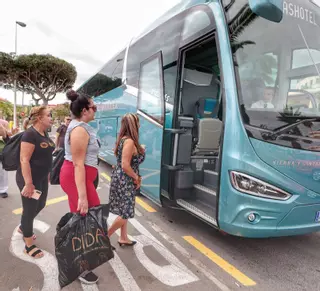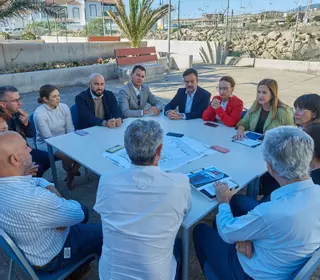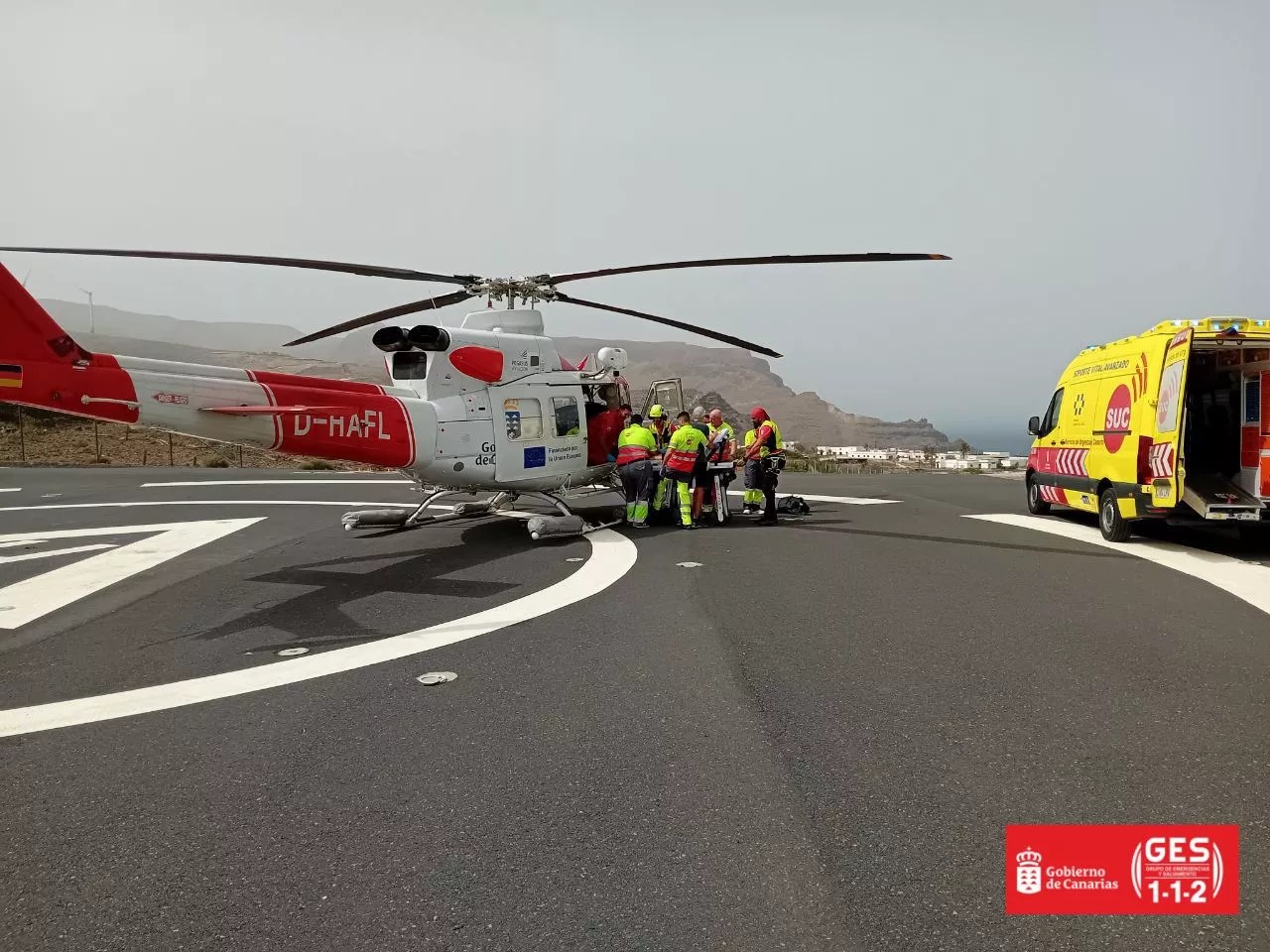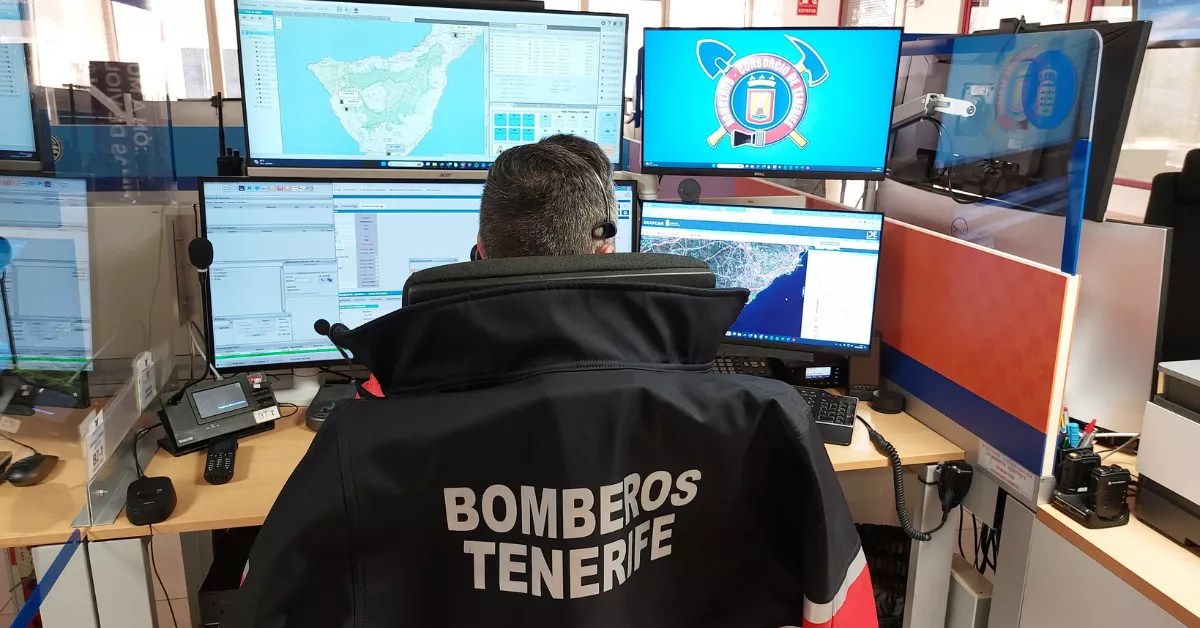Mobility
Bus Stops and Stations Set for Upgrades
The enhancements at El Fraile, the preferred stop at Los Cristianos, Hospital del Norte, El Trompo, and El Rincón are particularly noteworthy.
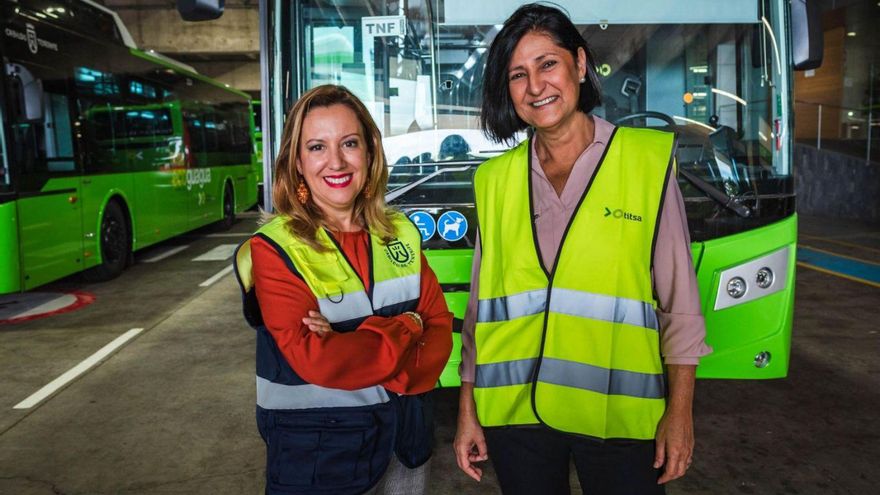
Rosa Dávila (left) and Eulalia García, president and councillor of Mobility of the Cabildo, respectively. | THE DAY

The Day
Santa Cruz de Tenerife 20 NOV 2024 5:01
The Insular Mobility department is pledging 1.8 million euros towards the renovation, enhancement, upkeep, and preservation of bus stops and public transport amenities across the Island.
The Cabildo president, Rosa Dávila, states that these initiatives form part of 70 strategies devised to promote sustainable mobility on Tenerife. “Our commitment is evident in our aim to encourage and prioritise public transport in place of private vehicles. Consequently, the extensive enhancement of both the stops frequented by the public and the bus terminals takes precedence, with the goal of enhancing safety and accessibility standards,” she asserts.
In this context, Dávila Mamely highlights the improvements executed at the bus stops situated in El Fraile (Arona), which sees an annual average of over 300,000 passengers; the preferred stop at Los Cristianos (Arona); as well as those at the Hospital del Norte (Icod de Los Vinos), El Trompo (La Orotava), and the El Rincón area (La Orotava).
Aligned with this, Eulalia García, the Mobility Minister, refers to additional measures undertaken by the Island Corporation to enhance the user experience at bus stations. This includes the refurbishment of the roof at the Puerto de la Cruz Station, which required waterproofing, she explains.
García Silva further emphasises the upgrade and rehabilitation efforts undertaken at other bus stations across the Island, notably the one located in Granadilla de Abona, where repairs to the roof and rainwater downspouts were completed. In this regard, she also mentions enhancements to the interior and pavement, along with the modernization of all furnishings and the adaptation of accessibility features at the Santa Cruz de Tenerife Interchange, which involved the installation of a unique pavement designed to provide improved accessibility for visually impaired individuals.

